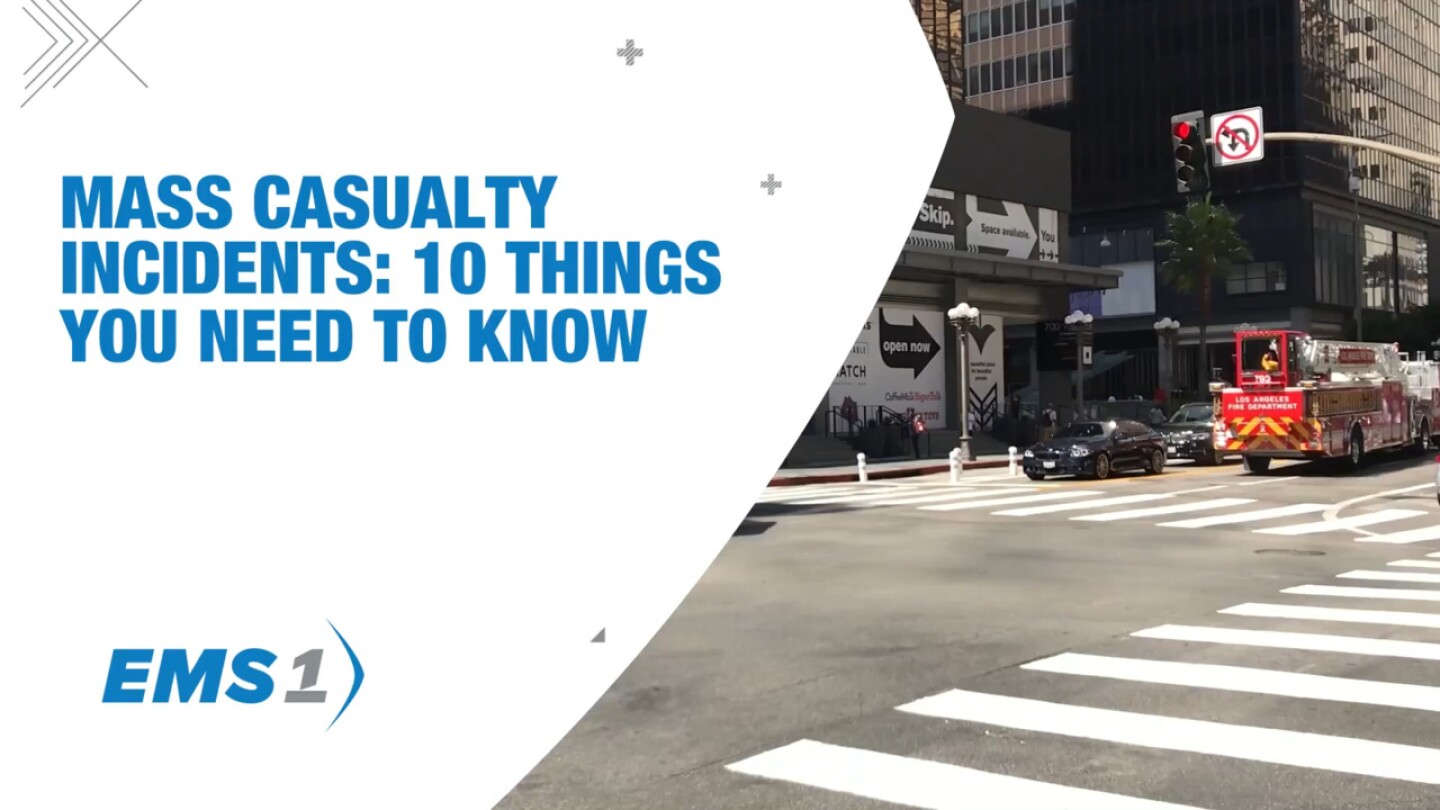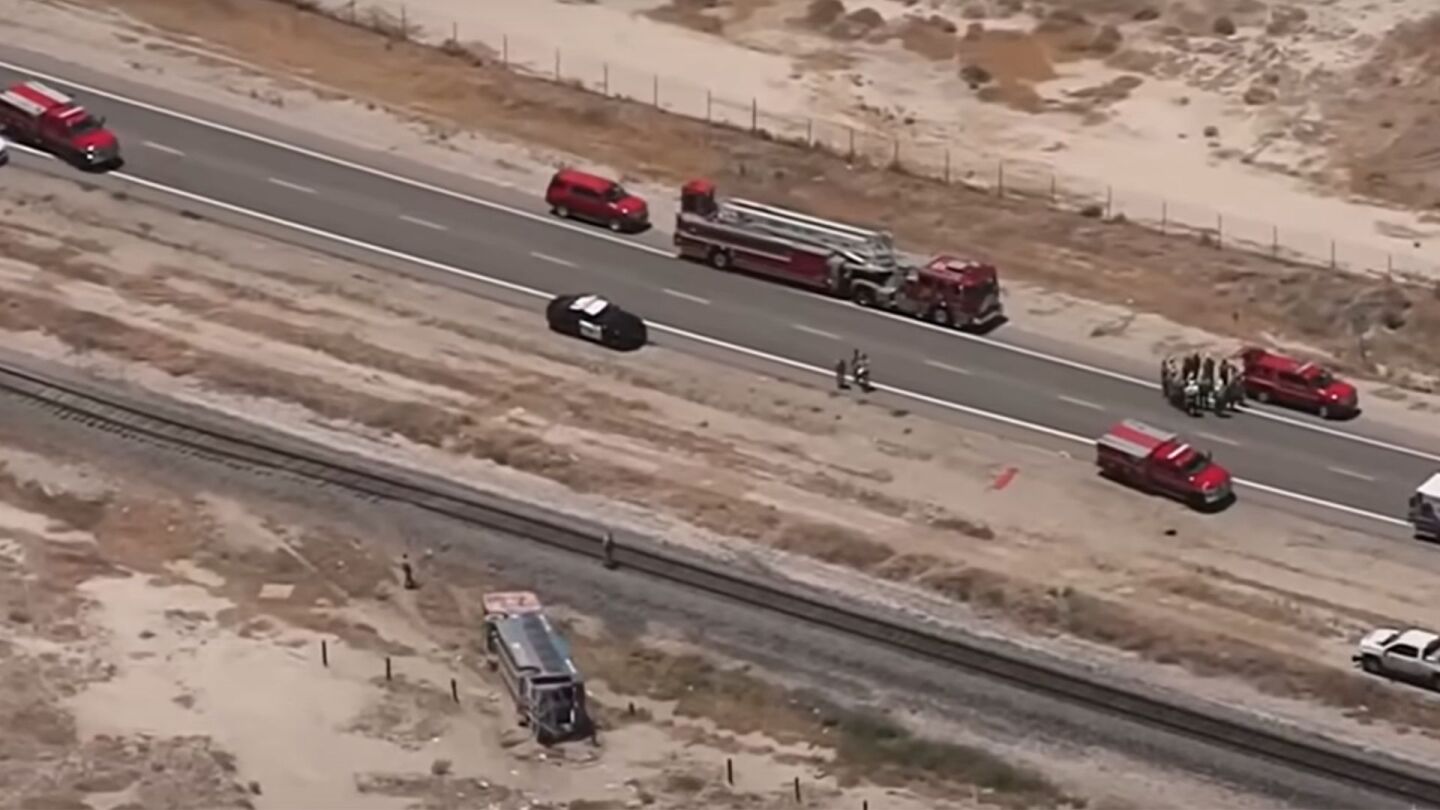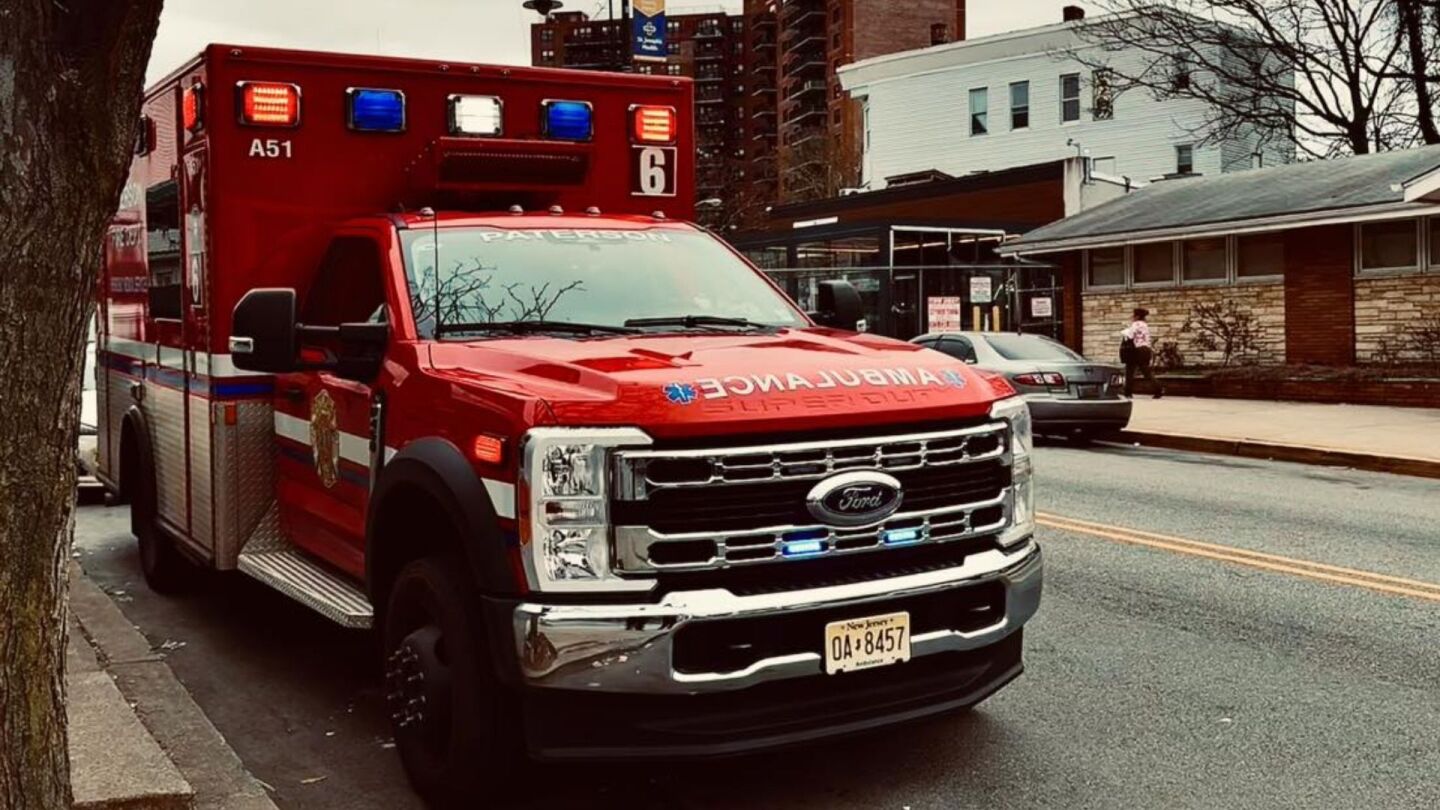Patient Assessment
Patient assessment is the process an EMT or paramedic follows to evaluate an injured or ill patient. The process includes a scene size-up, which is the identification and mitigation of risks, a primary assessment to find and fix life threats and a secondary assessment to perform a focused history and physical exam of the patient. Each step is an opportunity to collect information that will guide treatment and inform a transport decision. In the EMS1 Patient Assessment topic find the latest news about patient assessment and top resources to improve your patient assessment skills.
A practical guide to interpreting urine color for maintaining optimal hydration
Key assessment and management techniques for EMS personnel confronting hyperthermia
Explore why START triage remains a go-to system for efficient MCI response and field prioritization
Fifteen people were hospitalized after a skydiving plane crashed while attempting an emergency landing near at an airport in Gloucester County
A drive-by shooting in Chicago’s River North neighborhood left four dead and victims taken to Northwestern and John H. Stroger hospitals
A bus carrying at least 20 people overturned after hitting railroad tracks in Lancaster
MultiCare and Spokane Fire Department responded to 892 total incidents during the basketball tournament, down from nearly 1,200 last year
After a boat explosion left a family with severe burns, they were rushed to Jackson Memorial’s Miami Burn Center for immediate care and long-term healing support
Central Virginia saw a record spike in heat-related ER visits last week, with 146 cases of heat exhaustion and heat stroke reported in just three days
High schoolers visiting Virginia Tech for a summer program fell six feet onto concrete when a utility grate gave way
Extreme heat at Paterson graduations led to 150 treated for heat exhaustion and 16 hospitalized, forcing officials to cut one ceremony short
Video captures a dramatic rescue when an explosion and fire at a Cleveland apartment injured five people
A Phoenix family filed a wrongful death lawsuit alleging firefighters declined to transport a 2-year-old to the hospital after a seizure
Despite FDA warnings and no U.S. approval, underground brands keep marketing tianeptine products like Zaza and Tianaa, exploiting gaps in supplement oversight
Homeland Security Secretary Kristi Noem was hospitalized in Washington, D.C., after an allergic reaction
Responding to threats of a balcony jump, Caldwell first responders used “minor physical force” to handcuff the man, who lost consciousness moments later and could not be revived
Two hikers were struck by lightning near the summit of Torreys Peak, prompting a daring helicopter hoist rescue at 14,200 feet, believed to be the highest in Colorado history
Inspired by his daughter’s experience, Battalion Chief Dave Edwards brought KultureCity’s sensory-inclusive training and tools to Thompson Valley EMS
Four children were among nine injured when a drunk driving suspect drove into an outdoor seating area at a busy Fort Myers taco stand
FDNY marine crews rescued passengers from the water and rushed the injured to local hospitals
At least eight people were injured after a man attacked a pro-Israeli hostage rally in Boulder, the FBI is investigating as a terrorist act
A UT Southwestern study of 500K cardiac arrest cases finds survival has not returned to pre-pandemic levels, especially in Black and Hispanic communities
For the second time in three months, a vehicle crashed into the roof of the Clay-Ray Veterans Association building in Excelsior Springs
The MEDS Act would fund essential supplies, study EMS workforce needs and formalize EMS in federal healthcare law
Steve Whitehead breaks down the critical difference between low blood pressure and inadequate blood flow
A Greyhound bus traveling from Memphis to Nashville collided with another vehicle
Why post-crash care matters: 42% of patients alive at EMS arrival die later
A UCSF-led study using ESO data found EMS providers often failed to recognize status epilepticus during prehospital care, leading to treatment delays and reduced benzodiazepine dosing
A go-to test for consciousness or a risky habit? The truth about the sternum rub revealed
MOST POPULAR
- ‘This is evil': Authorities find multiple improvised explosives inside truck in New Orleans attack
- La. health department, Acadian Health begins pilot program to keep ‘super-utilizers’ out of EDs
- 30 feet to catastrophe: The price of a higher wall — injuries at the U.S.-Mexico border
- Why it’s not just about lights and sirens
- 8 dead, at least 40 injured in Fla. bus crash






























